Abundance: uncommon
What: seeds, young leaves
How: seeds raw, young leaves raw or cooked
Where: sunny disturbed areas
When: early spring through late winter
Nutritional Value: minerals
Medicinal Summary:
Leaves/Stem/Flower - hemostatic; soothes gastrointestinal and urinary tract inflammations; anti-diarrheal; soothes bronchial passages (tisane, poultice)
Shepherd's purse plant.
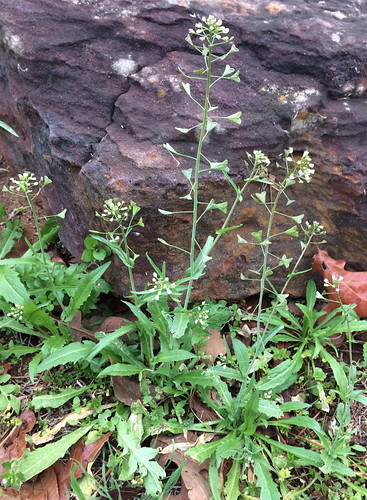
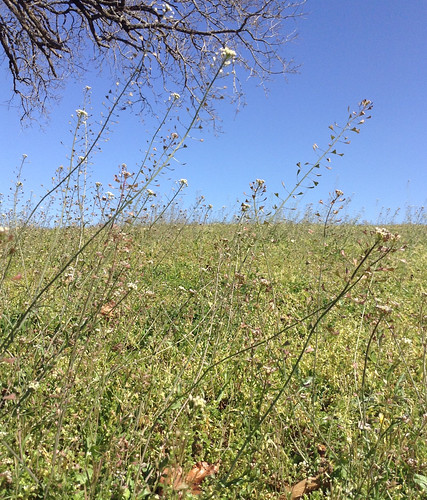
Close-up of shepherd's purse seed stalk.
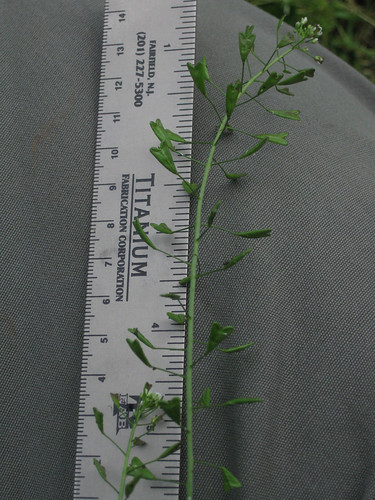
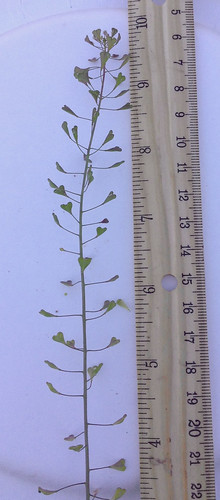
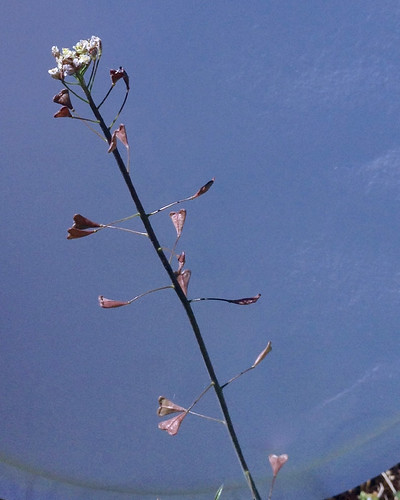
Close-up of flowers.
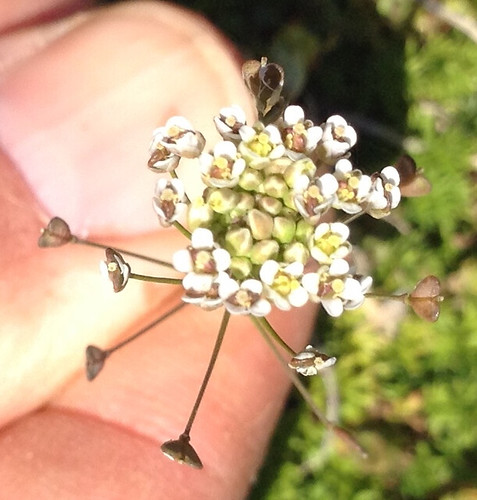
Basal rosette and roots.
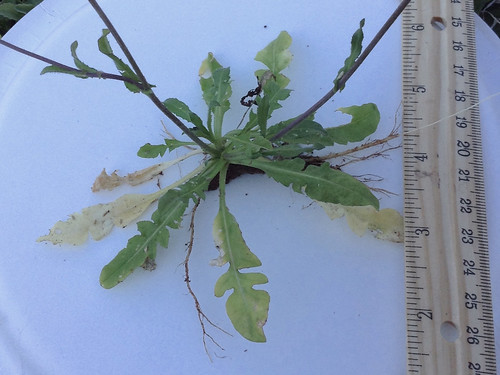
Basal rosette with one young stem.
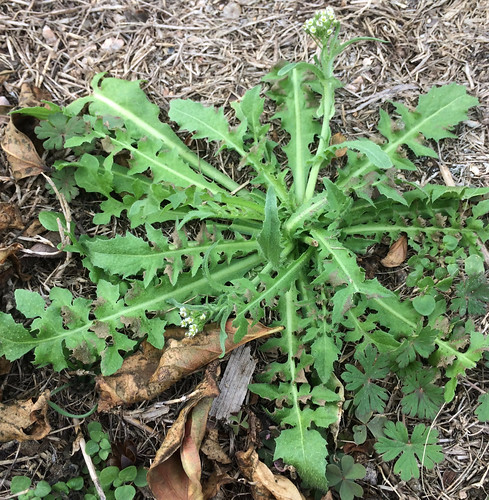
Close-up of leaves. Note their hairy surface.
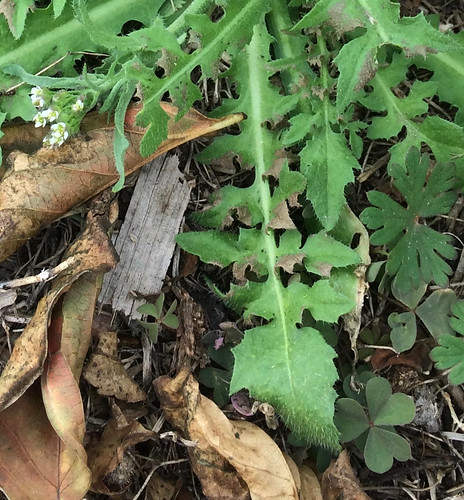
Texas distribution, attributed to U. S. Department of Agriculture. The marked counties are guidelines only. Plants may appear in other counties, especially if used in landscaping.
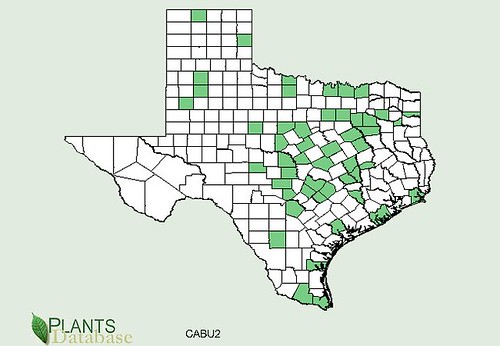
North American distribution, attributed to U. S. Department of Agriculture.
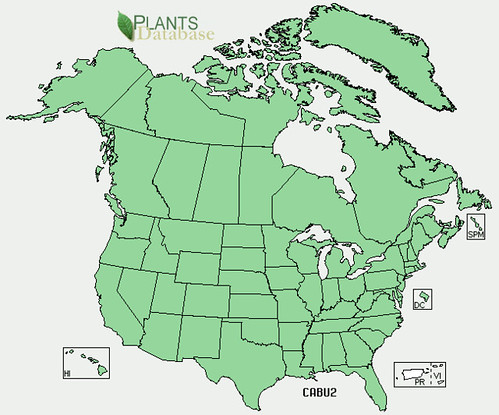
Shepherd's Purse plants are common weeds of fields and recently disturbed areas. They can grow stalks up to two feet tall with the heart-shaped seed pods being ~1/2 inch apart and a cluster of small, white flowers at the very tip. Once found you will suddenly see many of them all around you.
The seedpods are small, heart-shaped with a spicy/peppery taste. Eat the whole seed stalk while green or dry then crush the seeds. The leaves are also good but are usually fairly weatherbeaten and tattered. The roots can be cleaned then ground up into a horseradish paste but they are small so it'll take a lot of plants. The lobed leaves grow in a rosette form close to the ground.
Buy my book! Outdoor Adventure Guides Foraging covers 70 of North America's tastiest and easy to find wild edibles shown with the same big pictures as here on the Foraging Texas website.

